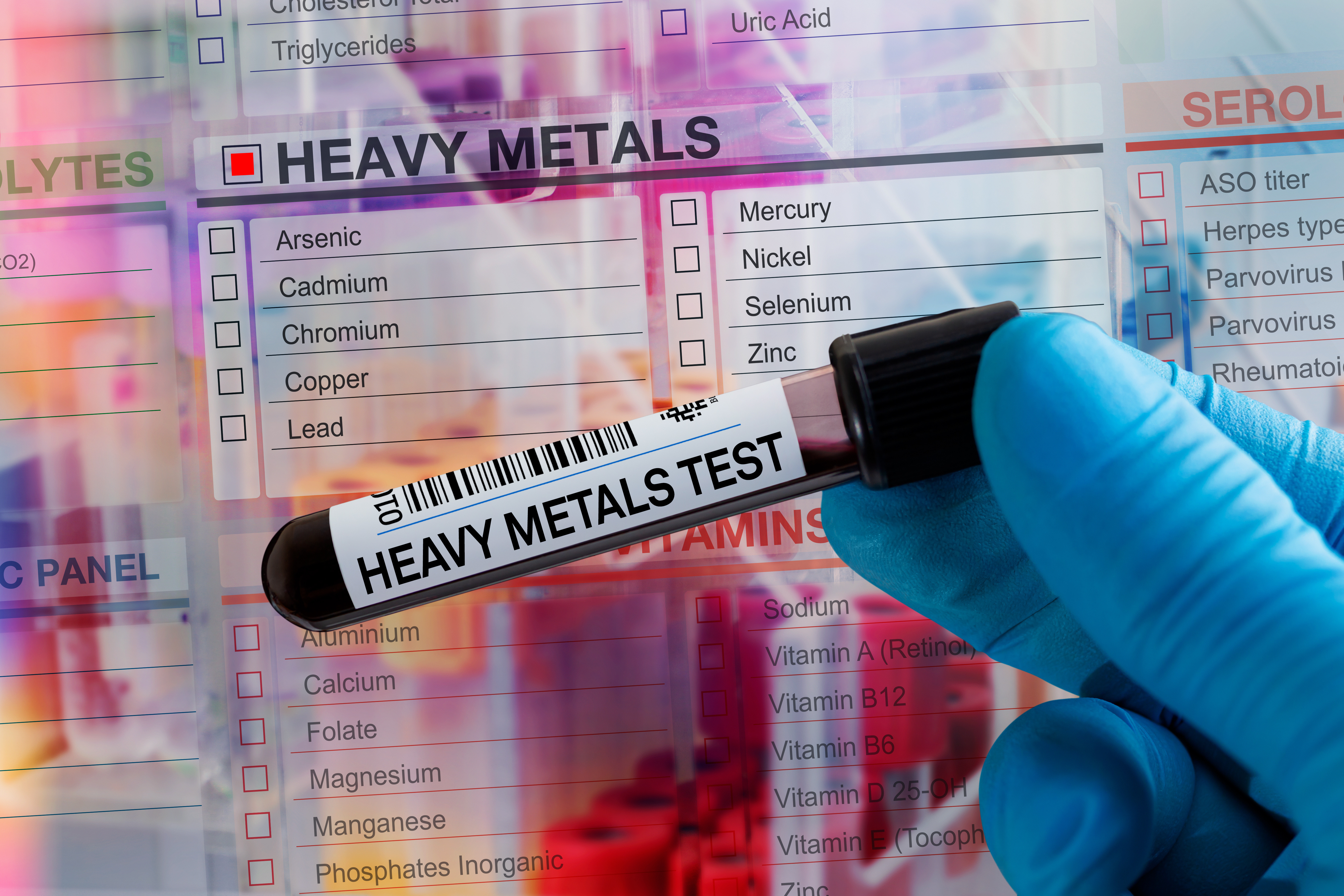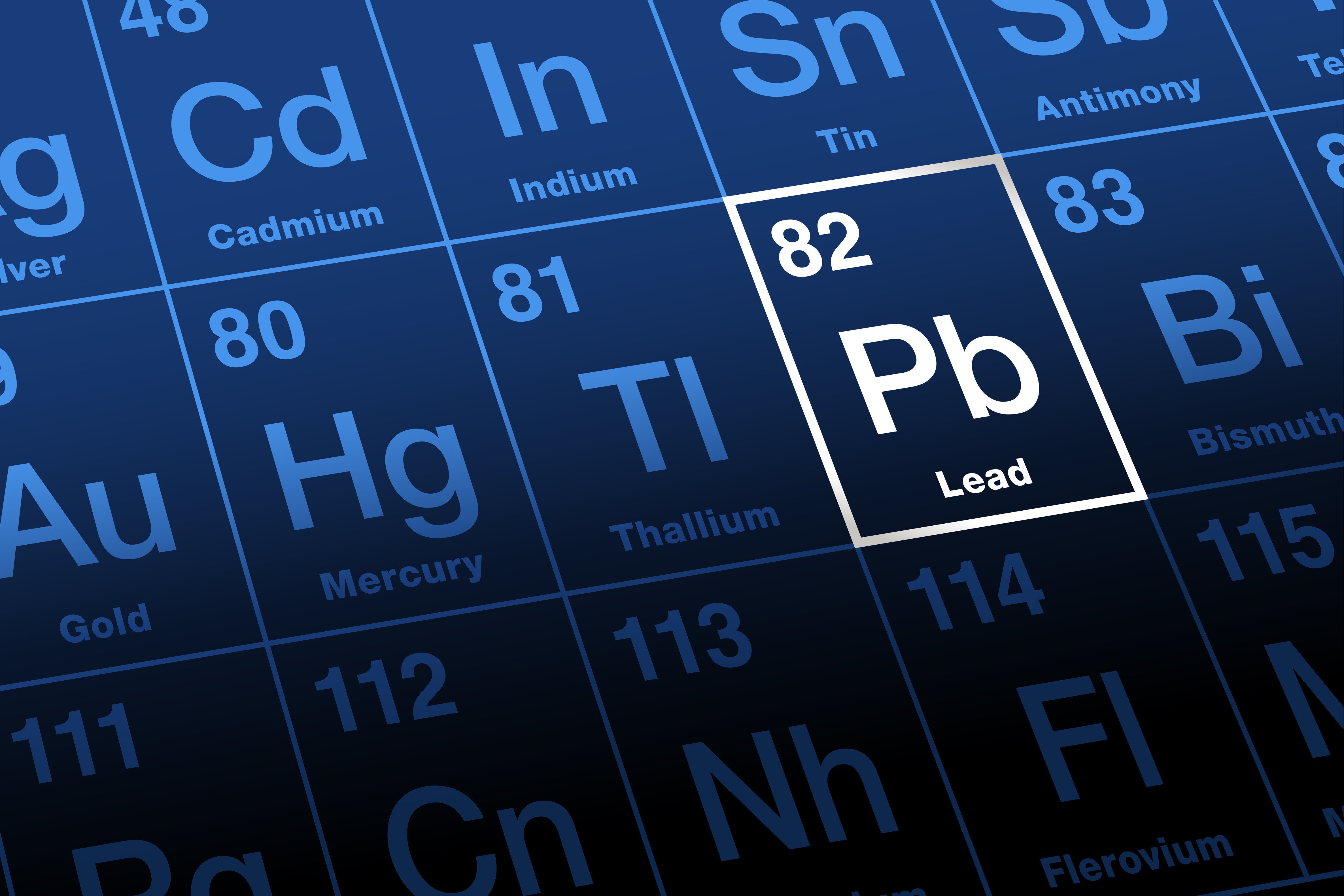Combating Toxicity in a Toxic World
Detoxifying in a Toxic World: How to Combat Environmental Toxins
Our world is changing. In the past 75 years, dozens of newly introduced chemicals have overrun the environment with a range and intensity never seen before. The food and water we consume, the air we breathe, and the body care products that we use are often tainted with potential toxins. Whether accidental or intentional, toxic contamination is prevalent in our world—and in our bodies.
To bolster your patients’ health, it’s important to recognize the influence of these toxins. Though your patients may not be suffering from acute toxicity, their daily exposure to environmental toxins could be weakening their immune systems, affecting their nutrient absorption, and contributing to chronic conditions. For the best patient care, consider discussing symptoms of toxicity, reducing exposure to toxic substances, and exploring methods for actively detoxifying.
Symptoms of Toxicity
In the short term, toxicity is commonly symptomized by light-headedness, nausea, and weakness. However, toxins can work much more subtly in your patients. Toxicity can contribute to mood disorders, hormonal imbalances, infertility, learning disabilities, and the development of several chronic conditions.
Today, the connection between toxins and chronic diseases remains a crucial issue in toxicology. As conditions such as autism, asthma, and cancer skyrocket, many have discovered a link to the drastic increase in environmental toxins. Extreme exposure to vinyl chloride, nitrates, and toxic solvents have all shown connections to these conditions. Additionally, the increased risk of hormonal imbalances and infertility could stem from exposure to harsh and unregulated toxins, particularly through toxins in food.
Toxicity is no longer an isolated issue. Though higher levels of toxic chemicals are found in certain at-risk populations, such as mechanics, farmers, and textile workers, nearly all Americans have some level of toxicity in their bodies. One highly prominent toxin, glyphosate, has a widespread influence with potentially drastic side effects.
Glyphosate
Glyphosate has been widely used as a pesticide since 1974. It’s a common ingredient in herbicides. Most famously, it’s an active component in the popular at-home and industrial herbicide, Roundup. Nineteen billion pounds have been applied worldwide. Glyphosate is, therefore, a common component in food and has been repeatedly detected in drinking water. In a 2022 study conducted by the Centers for Disease Control and Prevention (CDC) using data from the 2014 National Health and Nutrition Examination Survey, over 80% of the sample size had detectable levels of glyphosate in their urine.
The toxic effects of glyphosate are still coming to light. High doses of glyphosate have been known to cause vomiting, coma, low blood pressure, and even fatalities in cases of extreme ingestion. However, available research suggests that, even at regulatory levels, glyphosate acts as a powerful chelator, damaging antibiotic and mitochondrial toxin with carcinogenic effects.
Chelator
A potent chelator, glyphosate affects the availability of essential nutrients in food. Additional adverse effects include the transportation of heavy metals such as mercury, nickel, and aluminum throughout the body. As glyphosate is non-polar, it can transport these heavy metals across the blood/brain barrier. Many speculate that glyphosate’s chelating effect is partially responsible for the increase in learning disabilities such as ADHD.
Antibiotic
Glyphosate’s powerful antibiotic properties have far-reaching long-term consequences. Glyphosate decreases both beneficial and damaging bacteria in the human microbiome. Gastrointestinal issues and inflammatory conditions have been linked to gut dysbiosis caused by glyphosate’s antibiotic effects. In particular, this may be related to the sharp increase in food sensitivities and allergies.
Mitochondrial Toxin
A recent comprehensive review analyzing the recorded effects of glyphosate on mitochondrial activity found significant evidence that herbicides with glyphosate damaged the mitochondrial membrane potential. Additionally, these herbicides have drastic consequences on cellular function, detrimentally affecting gametogenesis, aging, cell signaling, and apoptosis.
Carcinogen
Due to its damaging effect on mitochondria, chelating properties, and genotoxicity, glyphosate has become associated with cancer and other genomic alterations. In vitro, increased glyphosate exposure can even result in chromosomal aberration and increased micronuclei frequencies. The International Agency for Research on Cancer (IARC) classifies glyphosate as a 2A carcinogen—”probably carcinogenic to humans.”
Other Effects of Glyphosate
Exposure to glyphosate has numerous additional effects. Significantly, glyphosate appears to have a significant effect on the human nervous system; it can alter the expression of molecules responsible for the growth of neurons. Glyphosate has also been shown to induce cardiotoxicity, which is responsible for downregulating calcium signaling and nitric oxide generation. Likewise, glyphosate interrupts protein synthesis, which affects the level of collagen in the body, depletes vitamin D, and disrupts testosterone levels.
Detoxification
Glyphosate is just one of dozens of toxins that are regularly consumed by your patients. Chronic toxicity may become a significant struggle in the near future as the results of long-term environmental toxicity begin affecting your patients’ health. The work of detoxifying is, therefore, extensive. However, through diet, supplementation, lifestyle changes, and preventative care, your patients can begin reducing the effects of glyphosate and similar environmental toxins.
Diet
Diet is vital for detoxification. Encourage detoxifying patients to eat organic, highly nutritious meals free of highly processed foods. Seek out local farmers; locally-grown goods from small food producers are often pesticide-free. Using a water filtration system, such as reverse osmosis water filters, is another way to limit toxic exposure.
Supplementation
Healthy supplementation can help restore your patients’ healthy immune responses. Each patient may have slightly different needs. Healthy dosages of vitamins, minerals, amino acids, and botanicals can provide immune support and promote liver and kidney function during detoxification.
Reduce Toxic Sources
Toxins are not limited to food and water. Deodorant, hair-care products, and non-stick cooking pans may all contain dangerous levels of toxins. In particular, cosmetics are subject to little federal regulation; high levels of potential toxins have been commonly discovered in popular products. Urge your patients to explore the ingredients and contents of these products and switch to alternatives as necessary to reduce toxic chemical exposure.
Testing for Detoxification
Toxicity testing is an invaluable step in detoxification. Heavy metal contamination, hormonal imbalances, metabolism, and overall health levels may all be signals of toxicity. Access Medical Labs offers blood and saliva panels to provide you with the in-depth information you need to provide the best patient care. Measure toxicity levels, track the efficacy of treatments, and detoxify in a toxic world with AML.
Explore our range of specialty testing and panels. Access Medical Labs is your premier partner in diagnostic testing, providing cutting-edge solutions for healthcare professionals. Our simplified process means you receive your complimentary supplies directly to your office, and all you have to do is spin and send the specimens to our facility for next-day results. Spend less time on labs and more time with your patients. Register today for efficient and convenient diagnostic services.
You May Also Like
These Related Blog Posts

Environmental Toxins and Infertility Rates

6 Places Toxic Heavy Metals Live in the Body




